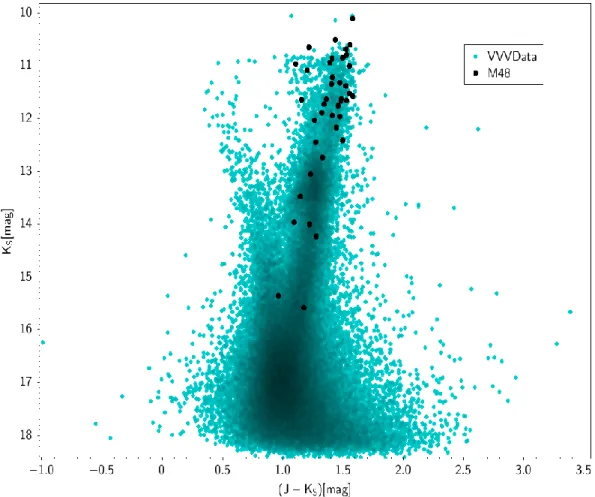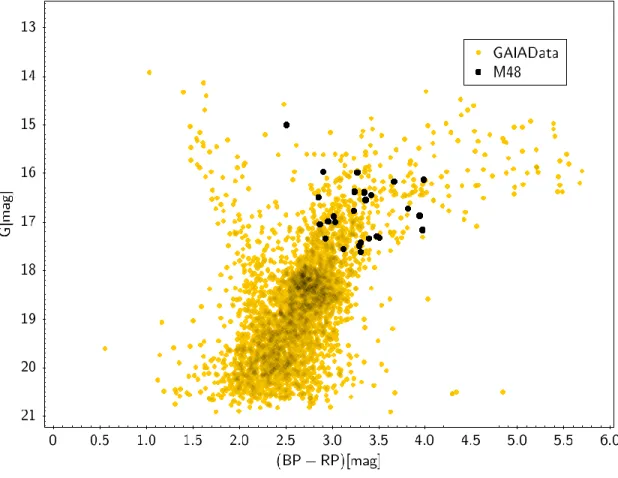A new galactic bulge globular cluster from the vvv survey
Texto completo
Figure




Documento similar
Relative to our previous public release (DR10), DR12 adds one million new spectra of galaxies and quasars from the Baryon Oscillation Spectroscopic Survey (BOSS) over an additional
Globular clusters are ideal laboratories for testing theories of stellar evolution, the chemical evolution of the Universe and the dynamics of N-body systems' They are
We explored di fferent approaches to obtain reliable total fluxes and colours from the image set that contribute to the OTELO core catalogue in a quick and accurate fashion, using
Mart in point ed out t hat t he artificial upturn in the lower main sequence is a common artefact in global-fits and is caused by the breakdown of Fe ionization balance at low t
The main scientific driver of the survey is to study the Initial Mass Function and its dependence with environment in the substellar regime using a uniformly selected data set
The luminosity function of the former method is derived by summing membership probabilities of all stars fitted to distribution functions in the vector point diagram, whereas
Recent observations of the bulge display a gradient of the mean metallicity and of [Ƚ/Fe] with distance from galactic plane.. Bulge regions away from the plane are less
However, we find tentative evidence that the (g − K) colour distributions remain bimodal in the two cluster-rich galaxies in our sample (NGC 4486 and NGC 4649) when restricted




